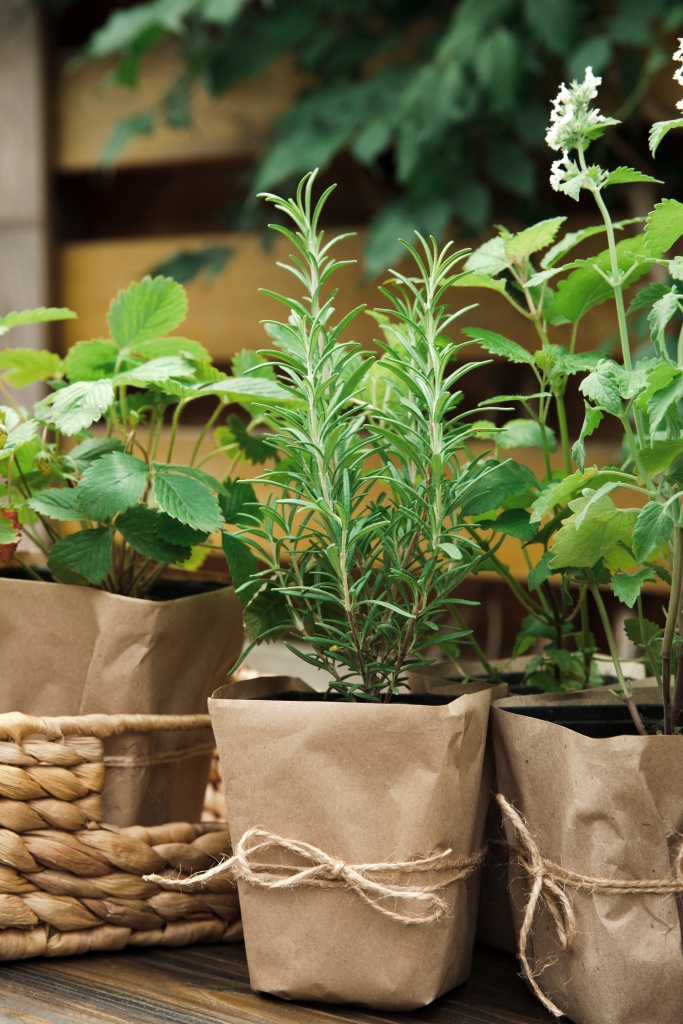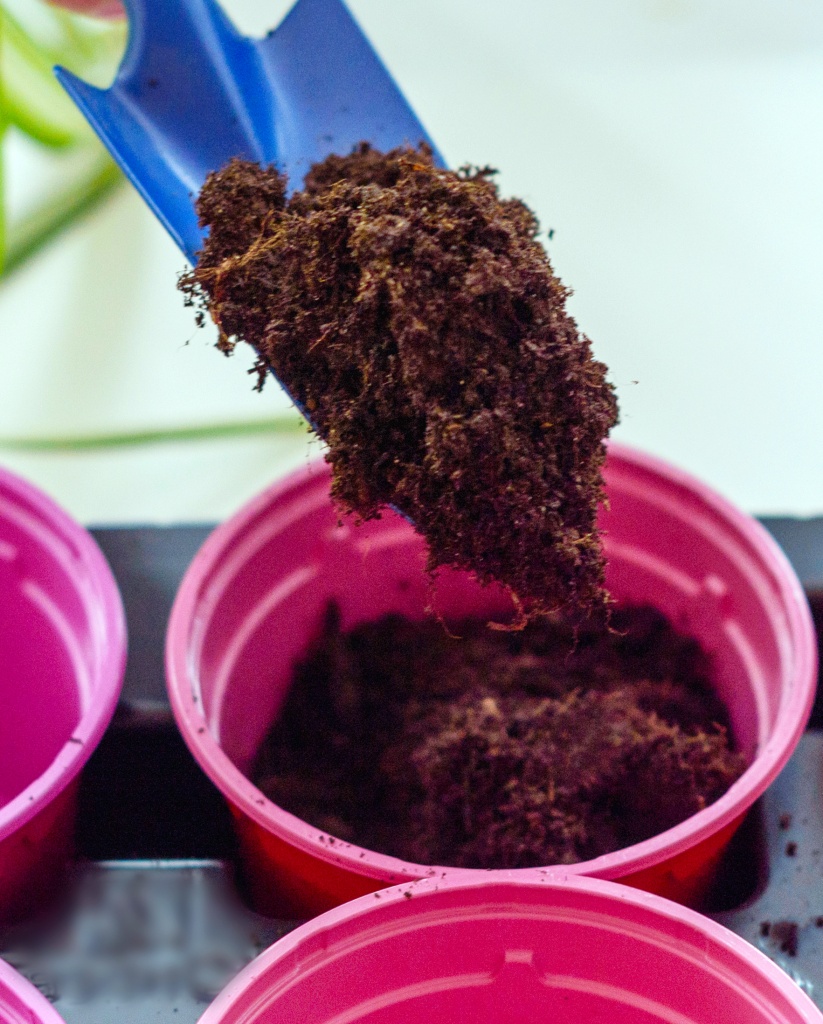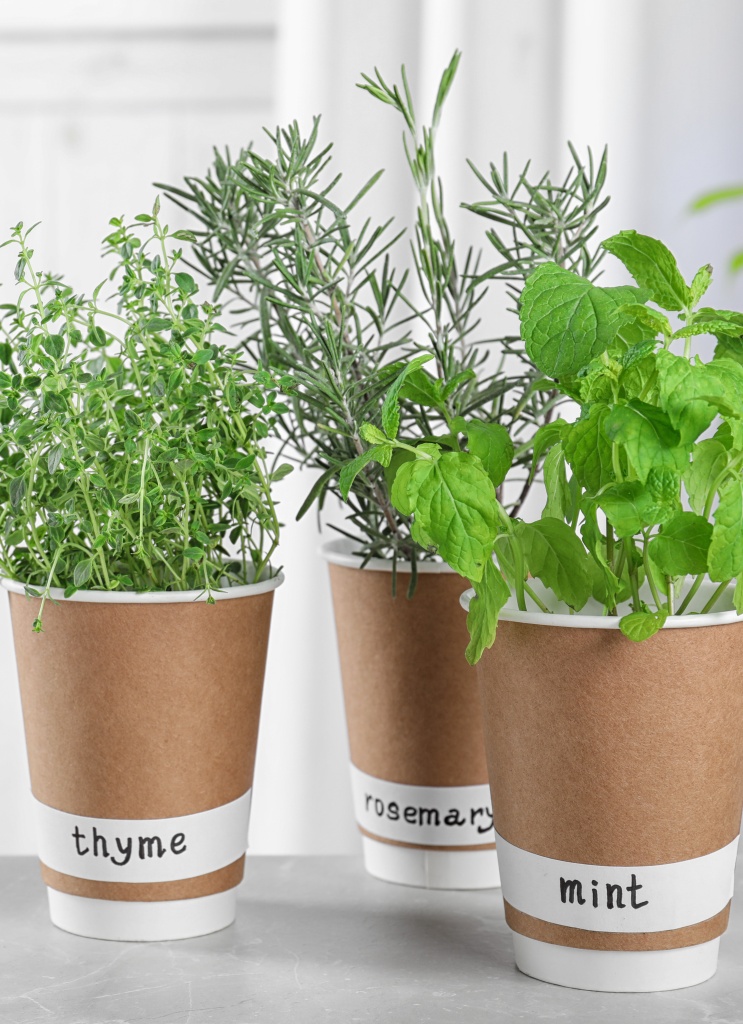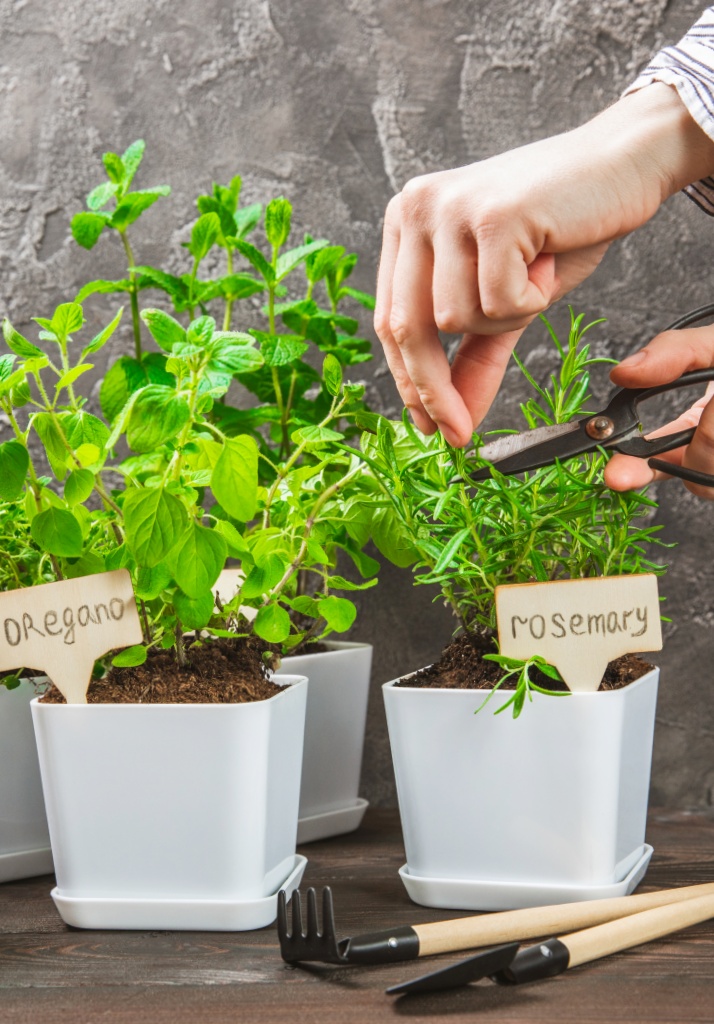How to Grow Your Favorite Culinary Herbs Indoors
If you’re like me, you’re missing your garden right about now. You long for the smell of fresh dirt and the joy of clipping herbs for your favorite recipes. See how to grow your favorite culinary herbs inside the house so you can continue to enjoy the satisfaction of gardening on a smaller scale.
Select Your Culinary Herbs
Consider the herbs you use most frequently in your cooking, such as basil, rosemary, thyme, or mint. Make sure that the herbs you choose have similar sunlight and water requirements to simplify maintenance. And make sure you have room for all of them. You might need to narrow your choice down to the top three.

Choose the Pot and Soil
Culinary herbs don’t like to get waterlogged, so make sure your container has drainage holes to keep the plant’s feet from getting too wet. Keep in mind how large the plant will get and choose a pot to fit each herb. You’ll want to use a well-draining potting soil with a mix of compost. Before planting, wet the soil in the container and then plant the seeds. You can also purchase herbs from the garden center if you don’t want to wait for seeds to sprout.

Consider Lighting
Herbs generally require at least six hours of sunlight per day, which can be challenging during the winter months. Place the plants in a south-facing window, if possible. You can supplement daylight with a grow light, if necessary.

Control the Temperature
Most herbs prefer temperatures between 60 and 70 degrees Fahrenheit and will perform well indoors provided they receive enough light and water. Try to avoid placing the plants near drafty windows if it’s cold outside.
Prune and Harvest Culinary Herbs
This is the step where most novice herb growers fall short. They think the only time they should snip the plant is when they need the herb for cooking. But you’ll want to prune the herb regularly to encourage bushier, healthier growth. Pinch off the tips of the stems regularly and remove any damaged or yellowing leaves on a regular basis.
When harvesting the herbs for cooking, you’ll want to snip them in the morning when flavor is at its peak. Use sharp scissors or pruning shears to clip the stems or leaves. Regular harvesting keeps the plant from flowering, ensuring a longer harvest period.

Fertilize Your Herbs
Use a balanced, liquid fertilizer during the growing season, using once every four to six weeks. Be careful not to over-fertilize as this can diminish the flavor of the plant.

Best Herbs for Indoor Gardening
Not sure where to begin? Here’s a list of some of the best culinary herbs for indoor gardening that you’ll find in most recipes.
- Basil – found in most Italian sauces
- Parsley – can be eaten as is to freshen breath
- Chives – have a mild onion flavor
- Mint – perfect for tea and and savory dishes
- Cilantro – add it to Mexican recipes
- Rosemary – a fragrant herb used in a variety of dishes
- Thyme – low maintenance herb with a savory flavor
- Oregano – used in Mediterranean cuisine
- Sage – provides robust flavor, typically used for stuffing and meat dishes
- Culinary Lavender – used in both sweet and savory dishes
Do you love lavender? See a collection of lavender ideas for your home.
Looking for more inspiration? See how to create outdoor mini gardens with spring bulbs.

Looks amazing.
I need to put mine in a pot before they freeze. I just didn’t know it would get so cold but will do that next time. Thanks for the tips.